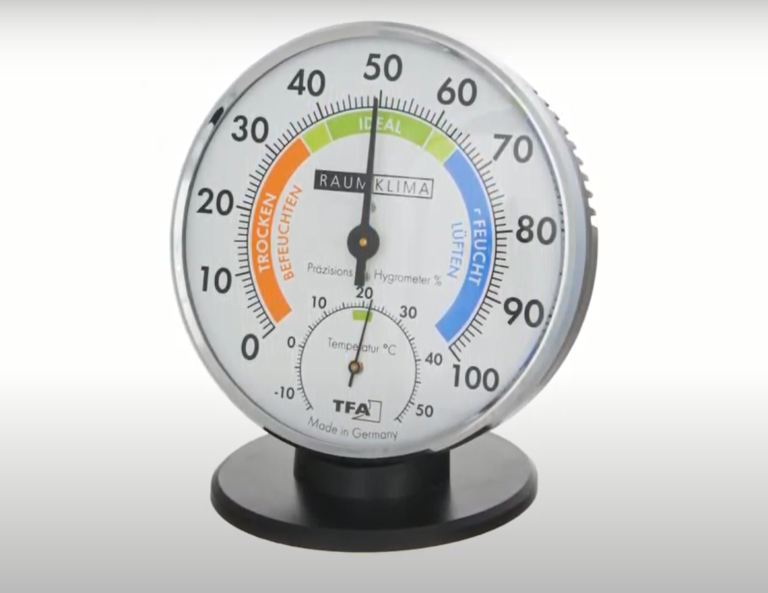

NSSL researchers are working with an advanced radar technology called “phased array radar” that scans the sky much faster than WSR-88D radars. Dual-pol identifies debris lofted by tornadoes on the ground, and can tell the difference between different types of precipitation helping forecasters anticipate hail or flooding events. NSSL is a leader and major contributor to dual-polarization radar technology, installed on NWS WSR-88D radars. The new scanning strategies lead to earlier detections and warnings of threatening weather conditions. NSSL researchers and engineers, in collaboration with the National Weather Service Radar Operations Center, work on radar scanning strategies that provide faster and higher-resolution reflectivity and Doppler velocity data for NWS forecasters. The result will be improved NWS warning services for the public, increased detection accuracy, and longer lead times. NSSL has developed severe weather warning applications and decision support systems that combine data from radar and other sensors to make the forecasters job easier. What we do: NSSL is a world leader in developing weather radar technologies for improved observations, predictions and warnings of high-impact weather including tornadoes, severe thunderstorms and flash floods. It also helps us understand how the thunderstorm is feeding itself. This is helpful in understanding what kinds of hazards the thunderstorm might have (tornado, microburst, gust fronts, etc.) associated with it. Doppler radar can also show us how the wind is blowing near and inside the storm. The amount of energy that is reflected back can tell us how heavy the rain might be or tell us there is hail. Weather radar is very important to meteorologists because it can detect rain and severe weather even when it is cloudy or dark.ĭoppler radar sends out electromagnetic wave fields that can be reflected back to the radar by things in the air like precipitation. What we do: NSSL works with partners to develop products from weather satellites that help identify, measure and track storms. Meteorologists also track how these clouds move to see what areas will be affected by the storm next.

Clouds with cold tops are usually very high up in the atmosphere, and could mean the cloud is tall enough to be a thunderstorm. Satellites also can tell us the temperature of the clouds. Meteorologists watch these pictures over time to watch for rapidly growing clouds, a clue to a possible thunderstorm. Satellites take pictures of Earth at regular intervals from space, telling us where clouds are located.

Most areas of Earth can be seen by weather satellites. We can see thunderstorms with a variety of tools. Severe Weather 101 Thunderstorm Detection Satellites


 0 kommentar(er)
0 kommentar(er)
